Food and environment: how can the smart city solve this problem?
Food for all people and respect for the environment are today’s biggest challenges that Smart city can help overcome.
Food and environment: how can the smart city solve this problem?
Food for all people and respect for the environment are today’s biggest challenges that Smart city can help overcome.
Food for all people and respect for the environment are some of today’s biggest challenges that Smart city can help overcome. Let’s discover how.
Smart city is also smart living
To meet the challenges of the future, cities will have to transform. Smart City is now the answer to so many problems experienced in urban areas. We talk about Artificial Intelligence, big data, sustainable development, mobility and participation.
All of these themes connect to the 6 categories that make a city Smart, which we have already discussed. These are: Smart Environment, Smart Economy, Smart Governance, Smart Mobility, Smart People and Smart Living. Together they contribute to a fundamental goal: improving the quality of life for citizens.
Despite the various categories, we can state that the most important ones are Smart People and Smart Living. Do you know why?
Smart cities are inhabited by smart people who are committed to leading a healthy and sustainable lifestyle. Let’s delve deeper into who smart people and smart living are.
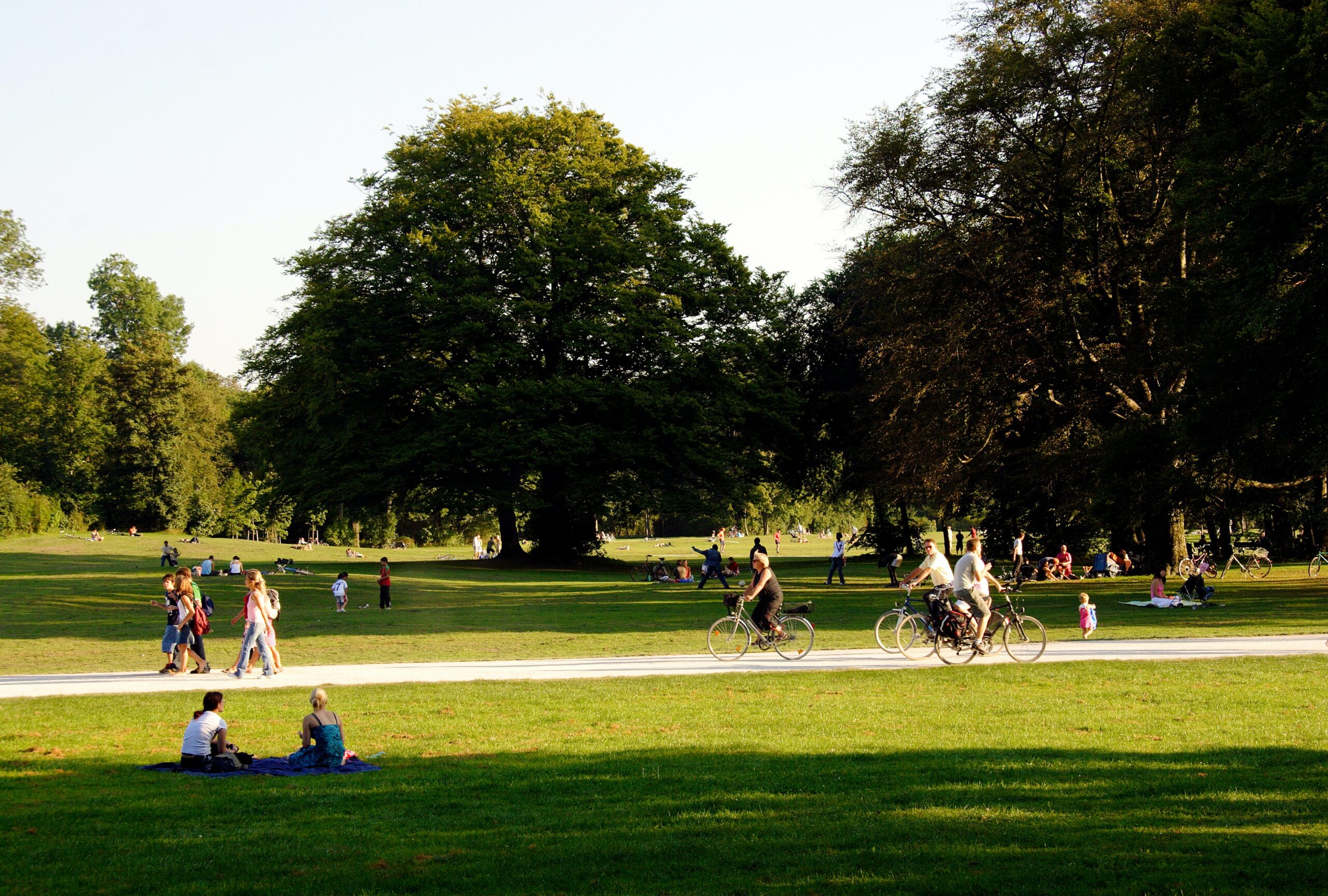
The Smart People category includes projects and initiatives to encourage participation and sharing with citizens. This is an ongoing collaboration that also happens through the sharing of data that the smart city collects.
Smart Living, on the other hand, refers to the way of life that is being outlined in smart cities through the most efficient and innovative services. Examples include: access to education, innovative health services, economic efficiency and cultural offerings.
It is, therefore, synonymous with healthy, safe and culturally vibrant lifestyles. In Smart Cities, for example, technology makes it possible to enhance the territory and artistic heritage by digitizing it.
Thanks to smart living, it is also possible to create themed maps of cities. Different applications always allow people to know in real time whether a service is available or how many people are in a particular place.
It is precisely in this last aspect that the essential role of Smart People emerges. People, who use the various technological solutions, themselves become “useful” in providing accurate data in real time. Moreover, through their feedback, they help to the forefront enhance the quality of a service or place.
In conclusion, in a smart city smart living cannot develop without smart people. At the same time smart people cannot live in a place that is not based on smart living.
Smart living includes a sustainable food system
If we think of the term smart living, surely we will naturally associate a closely related noun: health. This involves not only physical exercise but also healthy eating.
Our nutrition has a cost and we are not just talking about what we pay at the checkout. There is a much more imposing cost involving environment and resources, which we still realize little about.
Agriculture and animal husbandry involve the production of large amounts of greenhouse gas and the use of high water resources. In addition, deforestation often tends to occur in order to cultivate, resulting in loss of biodiversity. The problem is complex.
Food sustainability is not only possible, it can change the sad fate of the Planet we all inhabit. Everyone, however, must do something for the present and future generations.

Innovative strategies need to be put in place to address the critical points of production, distribution and consumption. Let’s find out how below:
- It is possible to improve productivity by adopting techniques that respect natural cycles while minimizing the use of pesticides, GMOs (Genetically Modified Organisms) and fertilizers as much as possible.
Finally, it is possible to operate especially in developing countries and in those areas where climate change could lead to a collapse of existing production. - Logistics and distribution play an important role in reducing environmental impacts. They could both enable a decrease in transport-related CO2 emissions and the containment of waste along the distribution chain.
- Finally, there are we, the citizens, who buy and consume food. Based on our choices, we can help guide the market. A sustainable diet is possible, without radically transforming habits. Changing our diet is not only right but necessary if we want to live healthy, in a less polluted, environmentally friendly world. We simply need to follow 3 principles: consume less, waste less and choose food whose production has a reduced environmental impact.
Smart food choices and environmental sustainability therefore must go hand in hand. Only in this way one of the biggest challenges for the future can be met. That is ensuring nutritious food for all and respecting the environment.
A new and smart approach to food in Neom
Nature is a perfect machine that regulates itself in perfect balance. It is, however, a given that the greatest impact is made by institutions and their policies that aim to optimize the use of resources with reduced waste.
On this premise is based the brilliant new project concerning Neom, the city that is being built from scratch in the desert.
In March 2023, Neom announced a partnership with Care’s, a project founded by Italian chef Norbert Niederkofler and Paolo Ferretti. The goal is to develop a culinary identity where food sourcing is done responsibly.
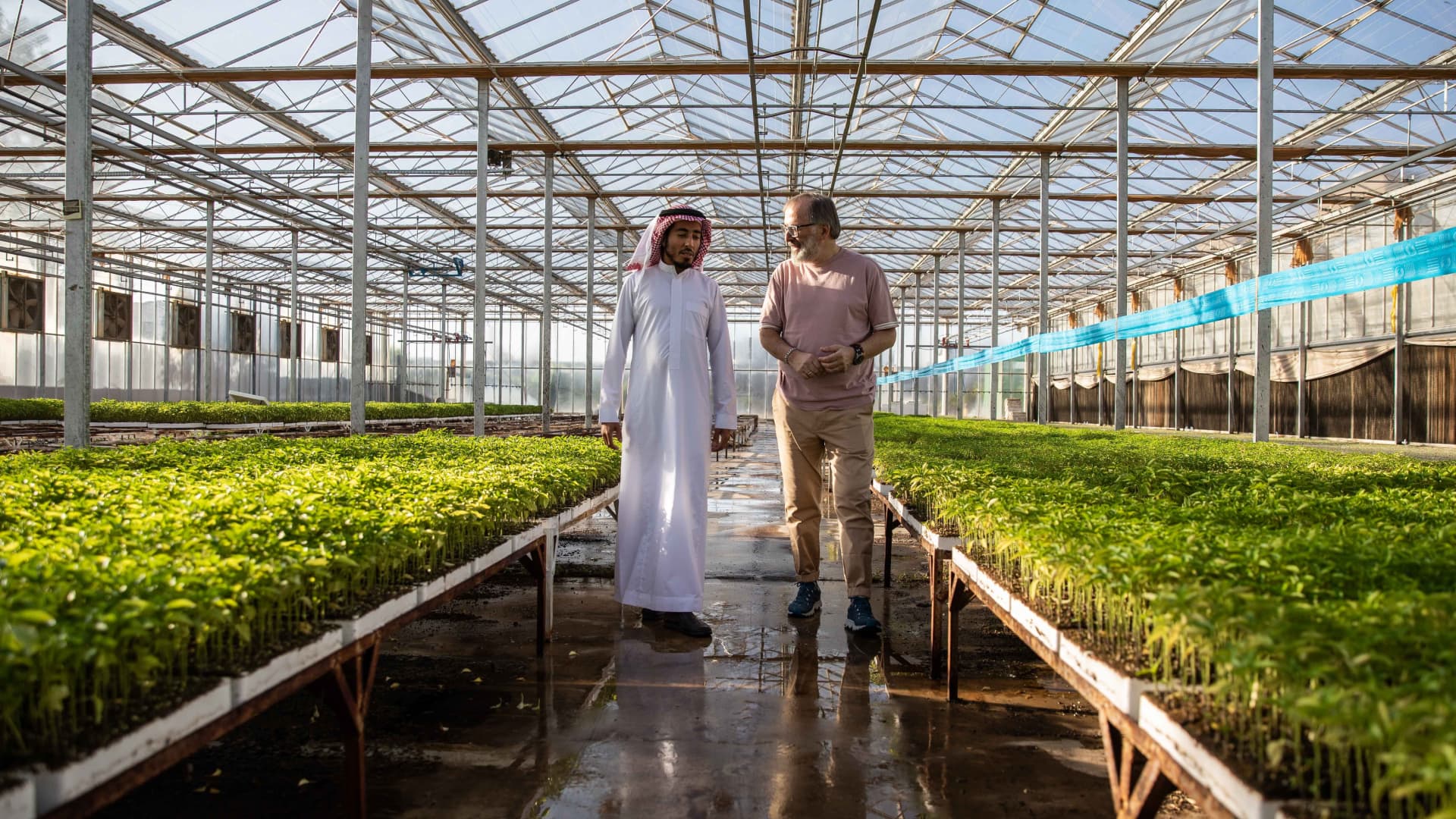
Together they are going to lead a new generation of Saudi chefs to create delicious new dishes using fresh ingredients from their regions. Thus, the basis of this initiative is the use of locally sourced ingredients and sustainable food practices in harmony with nature.
Neom and Care’s will also develop a manifesto for food industry professionals, defining principles for sustainable gastronomy and food safety. In addition to training for chefs, there will also be awards to recognize leading examples of innovation in food systems. [1]
This partnership represents the beginning of a change that uses innovation to create a model for sustainable living that can be replicated in other cities around the world.
We hope that this will actually happen. It is more essential than ever to safeguard our territories today for the future.
References:
-
-
- Neom. Online version: https://www.neom.com/en-us/newsroom/neom-food-care
-
© Copyright 2012 – 2023 | All Rights Reserved
Author: Rossana Cascione, Digital Marketing Specialist
Food for all people and respect for the environment are some of today’s biggest challenges that Smart city can help overcome. Let’s discover how.
Smart city is also smart living
To meet the challenges of the future, cities will have to transform. Smart City is now the answer to so many problems experienced in urban areas. We talk about Artificial Intelligence, big data, sustainable development, mobility and participation.
All of these themes connect to the 6 categories that make a city Smart, which we have already discussed. These are: Smart Environment, Smart Economy, Smart Governance, Smart Mobility, Smart People and Smart Living. Together they contribute to a fundamental goal: improving the quality of life for citizens.
Despite the various categories, we can state that the most important ones are Smart People and Smart Living. Do you know why?
Smart cities are inhabited by smart people who are committed to leading a healthy and sustainable lifestyle. Let’s delve deeper into who smart people and smart living are.

The Smart People category includes projects and initiatives to encourage participation and sharing with citizens. This is an ongoing collaboration that also happens through the sharing of data that the smart city collects.
Smart Living, on the other hand, refers to the way of life that is being outlined in smart cities through the most efficient and innovative services. Examples include: access to education, innovative health services, economic efficiency and cultural offerings.
It is, therefore, synonymous with healthy, safe and culturally vibrant lifestyles. In Smart Cities, for example, technology makes it possible to enhance the territory and artistic heritage by digitizing it.
Thanks to smart living, it is also possible to create themed maps of cities. Different applications always allow people to know in real time whether a service is available or how many people are in a particular place.
It is precisely in this last aspect that the essential role of Smart People emerges. People, who use the various technological solutions, themselves become “useful” in providing accurate data in real time. Moreover, through their feedback, they help to the forefront enhance the quality of a service or place.
In conclusion, in a smart city smart living cannot develop without smart people. At the same time smart people cannot live in a place that is not based on smart living.
Smart living includes a sustainable food system
If we think of the term smart living, surely we will naturally associate a closely related noun: health. This involves not only physical exercise but also healthy eating.
Our nutrition has a cost and we are not just talking about what we pay at the checkout. There is a much more imposing cost involving environment and resources, which we still realize little about.
Agriculture and animal husbandry involve the production of large amounts of greenhouse gas and the use of high water resources. In addition, deforestation often tends to occur in order to cultivate, resulting in loss of biodiversity. The problem is complex.
Food sustainability is not only possible, it can change the sad fate of the Planet we all inhabit. Everyone, however, must do something for the present and future generations.

Innovative strategies need to be put in place to address the critical points of production, distribution and consumption. Let’s find out how below:
- It is possible to improve productivity by adopting techniques that respect natural cycles while minimizing the use of pesticides, GMOs (Genetically Modified Organisms) and fertilizers as much as possible.
Finally, it is possible to operate especially in developing countries and in those areas where climate change could lead to a collapse of existing production. - Logistics and distribution play an important role in reducing environmental impacts. They could both enable a decrease in transport-related CO2 emissions and the containment of waste along the distribution chain.
- Finally, there are we, the citizens, who buy and consume food. Based on our choices, we can help guide the market. A sustainable diet is possible, without radically transforming habits. Changing our diet is not only right but necessary if we want to live healthy, in a less polluted, environmentally friendly world. We simply need to follow 3 principles: consume less, waste less and choose food whose production has a reduced environmental impact.
Smart food choices and environmental sustainability therefore must go hand in hand. Only in this way one of the biggest challenges for the future can be met. That is ensuring nutritious food for all and respecting the environment.
A new and smart approach to food in Neom
Nature is a perfect machine that regulates itself in perfect balance. It is, however, a given that the greatest impact is made by institutions and their policies that aim to optimize the use of resources with reduced waste.
On this premise is based the brilliant new project concerning Neom, the city that is being built from scratch in the desert.
In March 2023, Neom announced a partnership with Care’s, a project founded by Italian chef Norbert Niederkofler and Paolo Ferretti. The goal is to develop a culinary identity where food sourcing is done responsibly.

Together they are going to lead a new generation of Saudi chefs to create delicious new dishes using fresh ingredients from their regions. Thus, the basis of this initiative is the use of locally sourced ingredients and sustainable food practices in harmony with nature.
Neom and Care’s will also develop a manifesto for food industry professionals, defining principles for sustainable gastronomy and food safety. In addition to training for chefs, there will also be awards to recognize leading examples of innovation in food systems. [1]
This partnership represents the beginning of a change that uses innovation to create a model for sustainable living that can be replicated in other cities around the world.
We hope that this will actually happen. It is more essential than ever to safeguard our territories today for the future.
References:
-
-
- Neom. Online version: https://www.neom.com/en-us/newsroom/neom-food-care
-
© Copyright 2012 – 2023 | All Rights Reserved
Author: Rossana Cascione, Digital Marketing Specialist




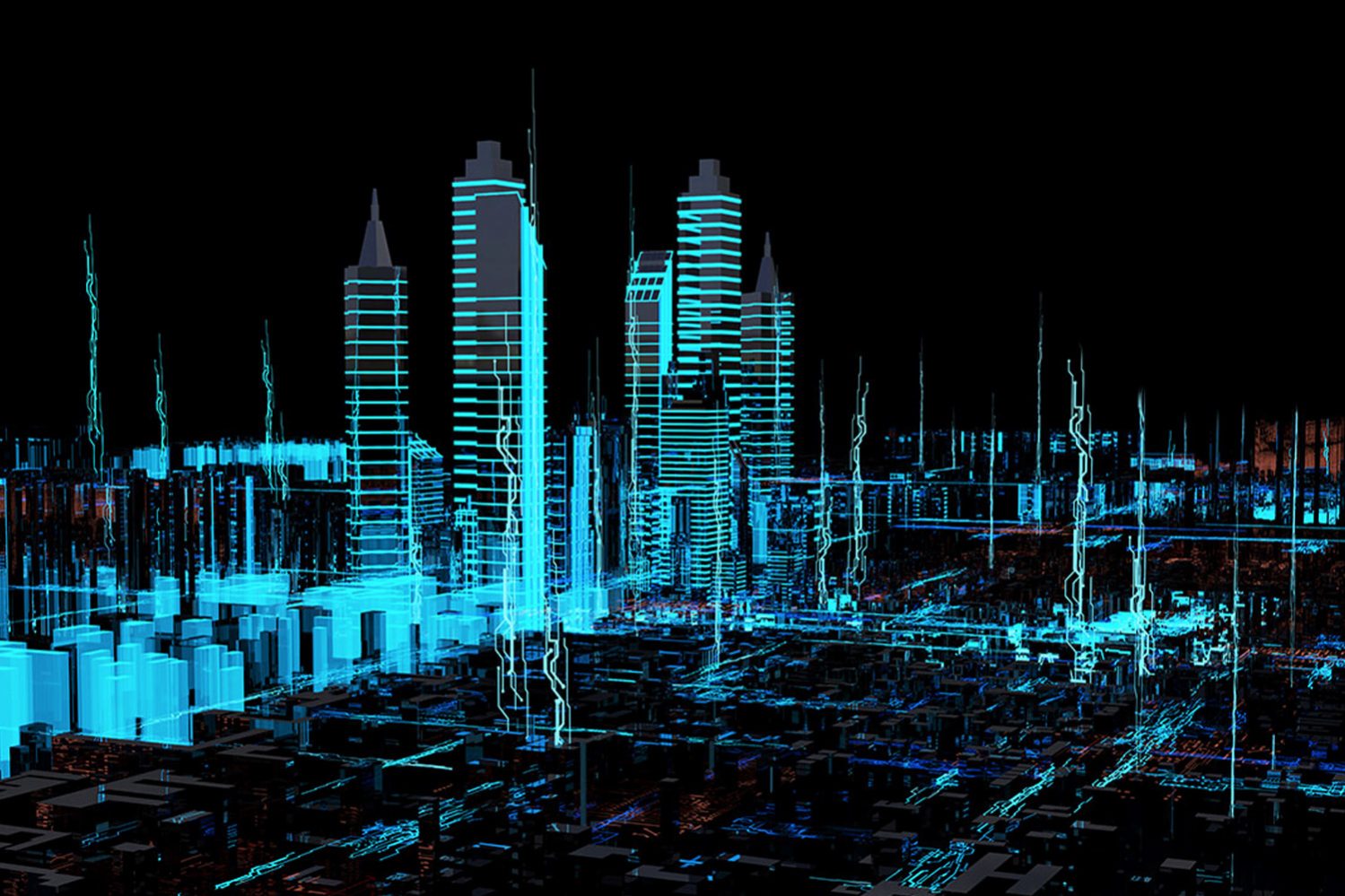
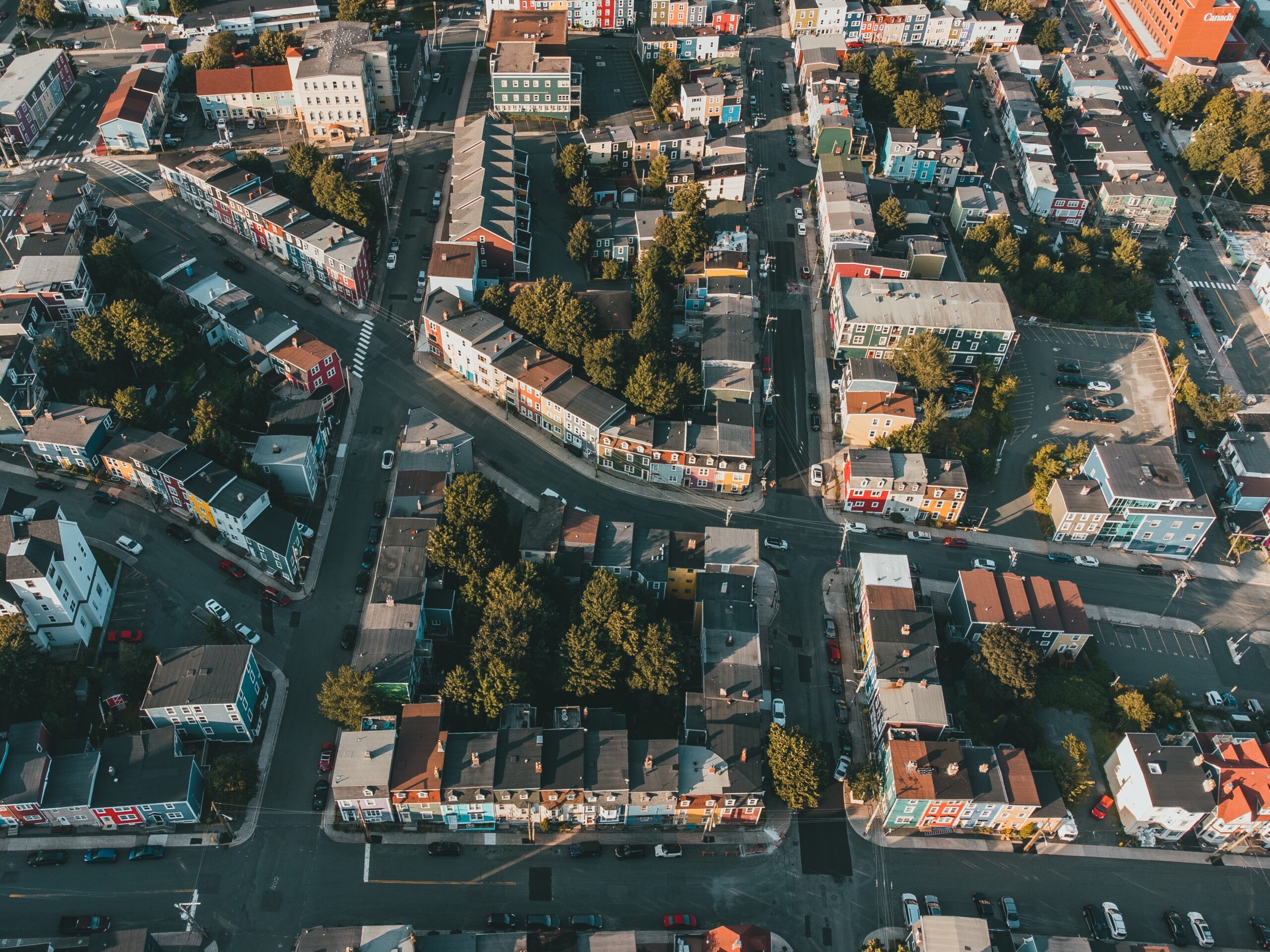

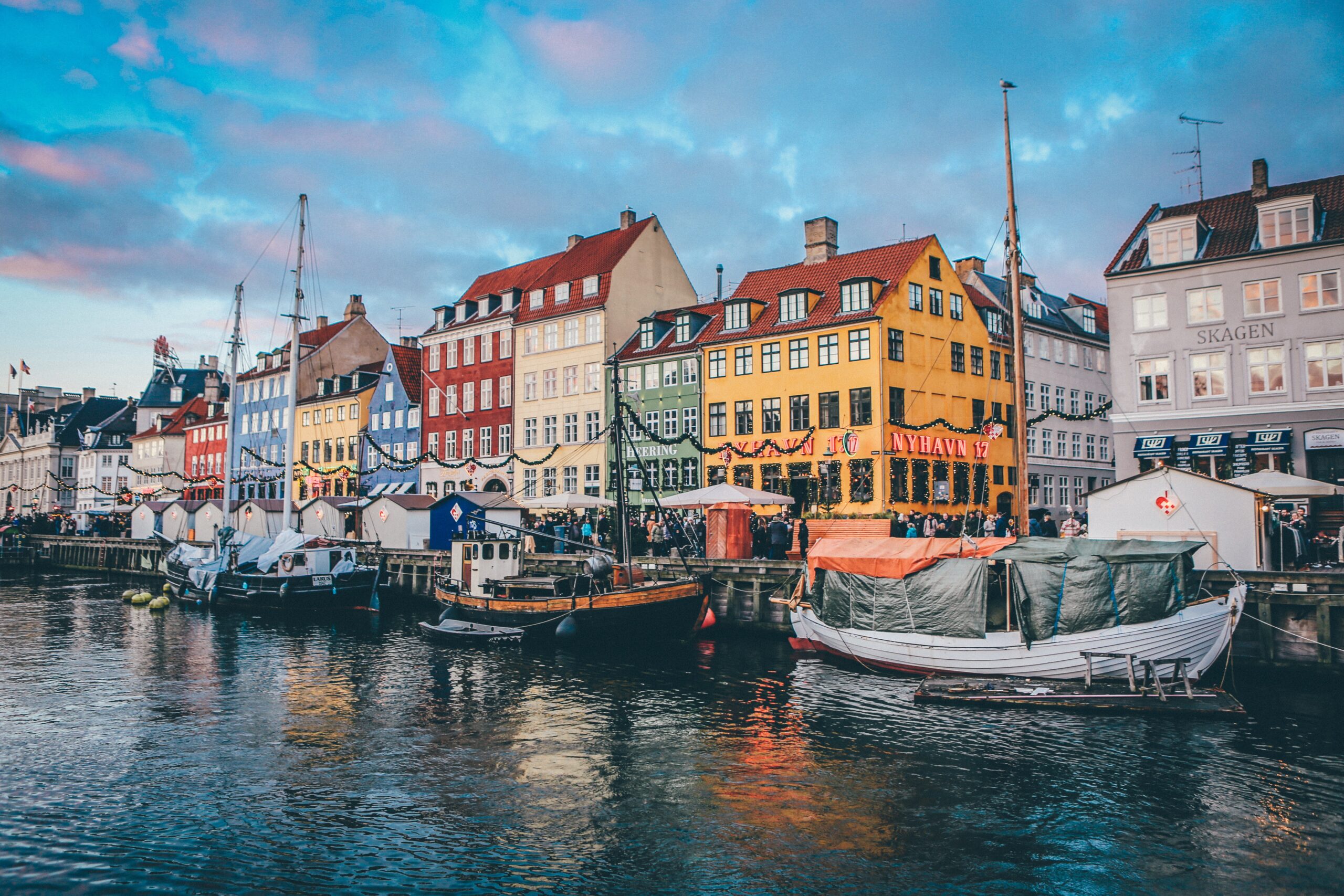
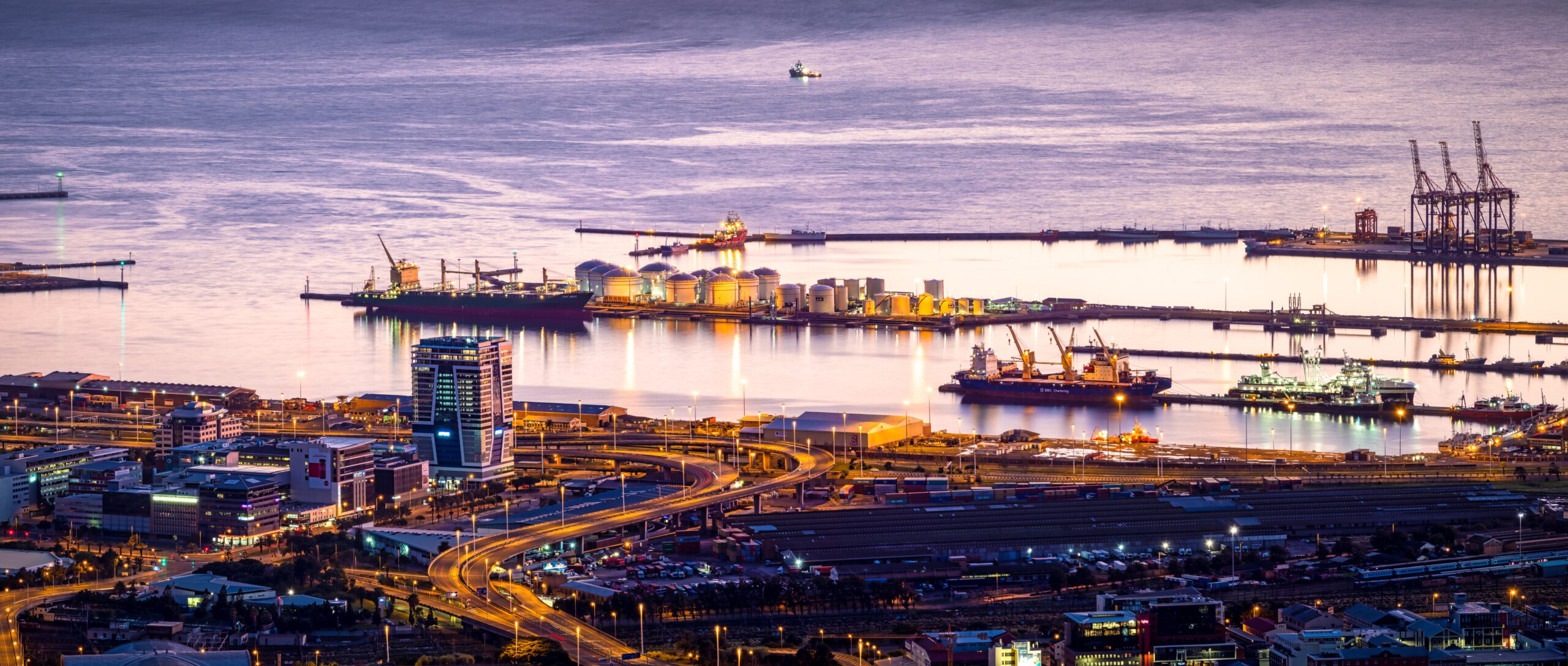
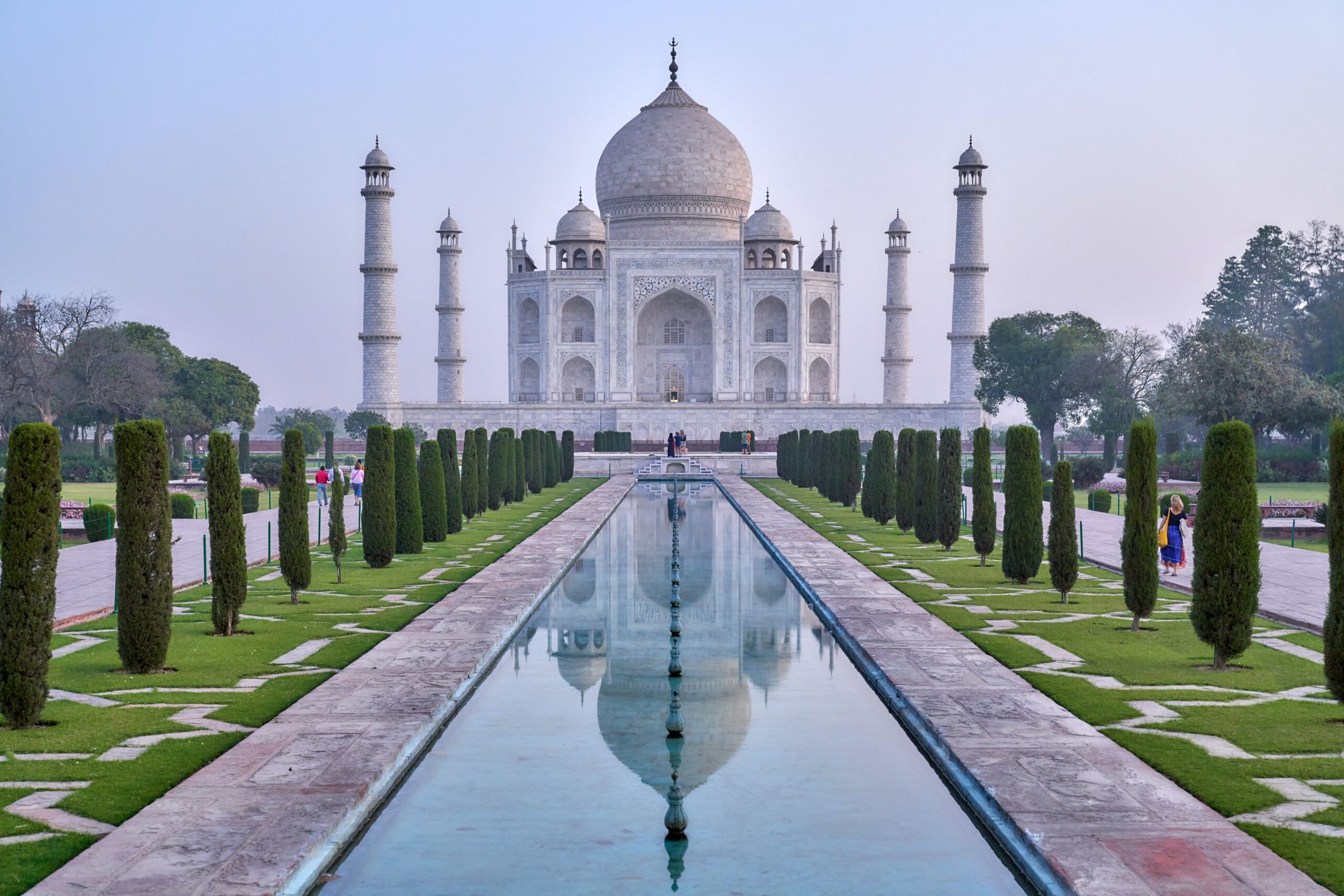
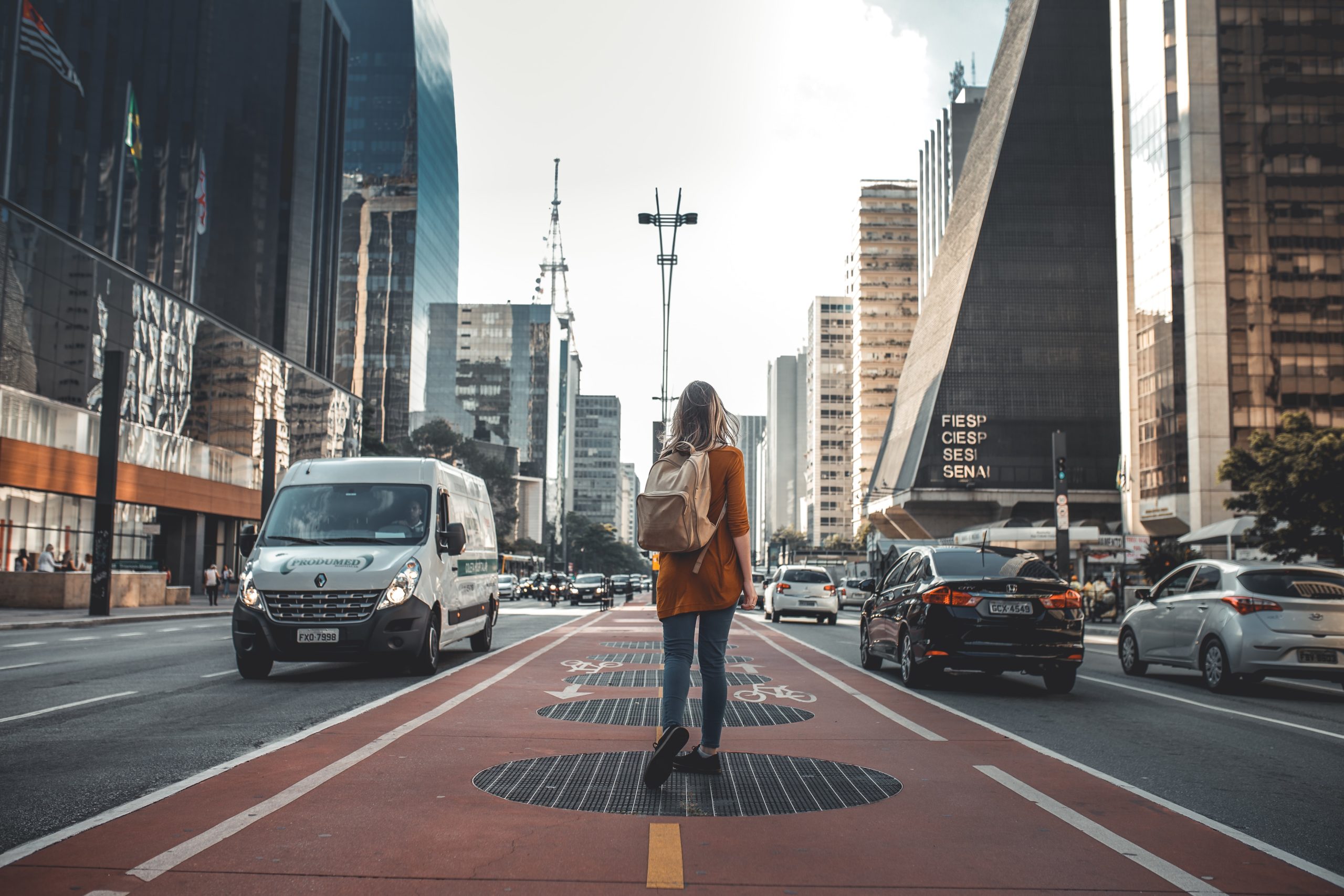
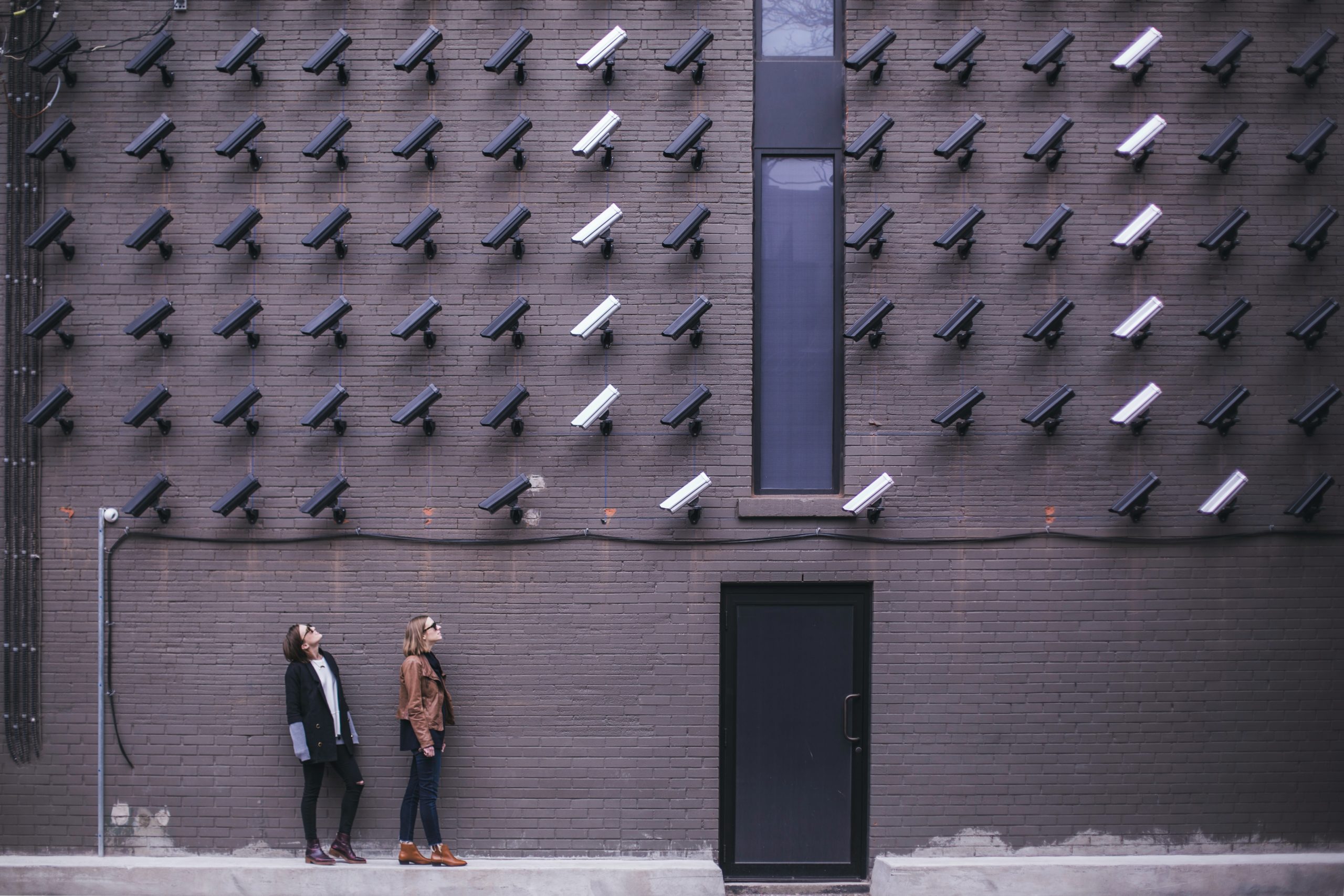
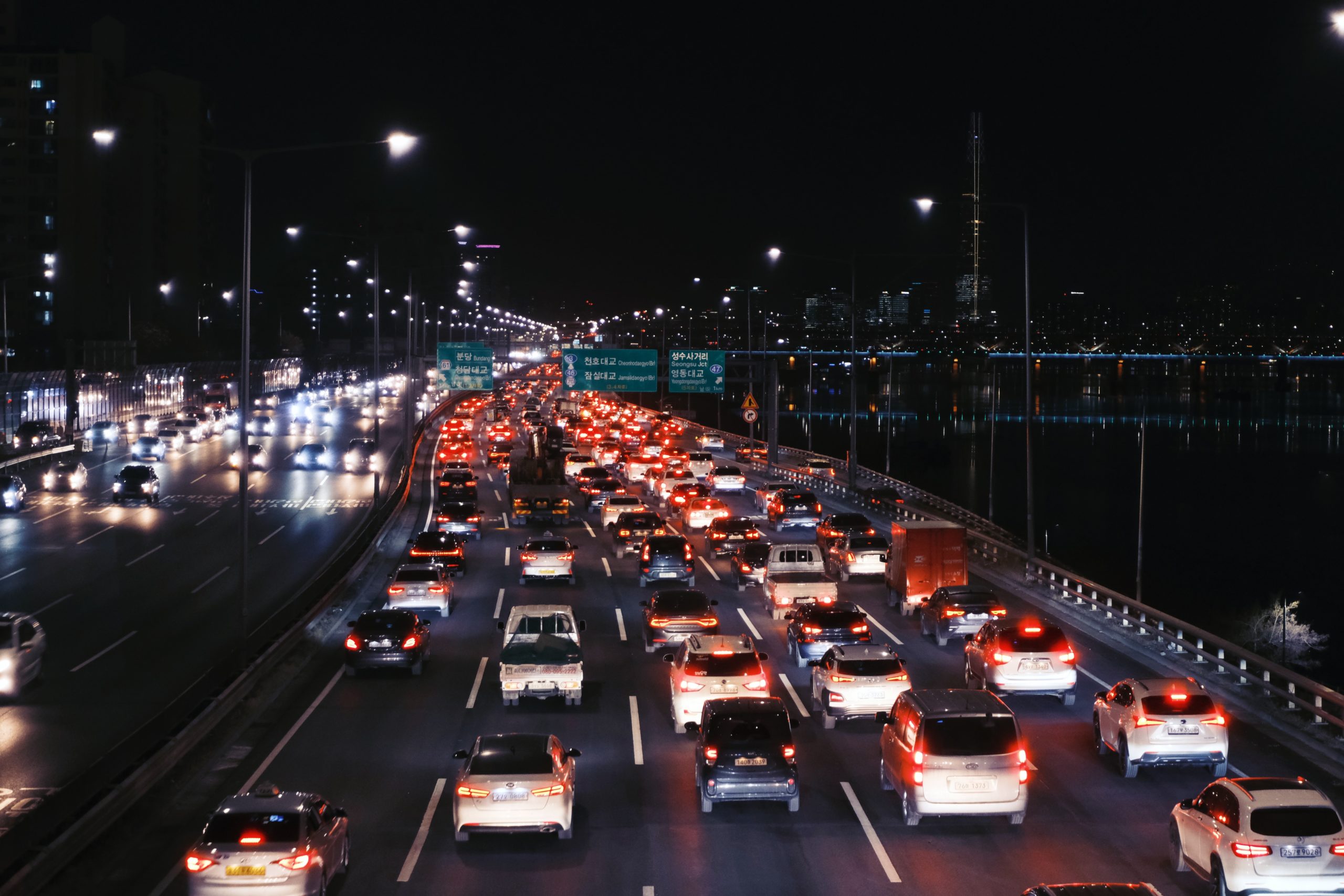
Leave A Comment